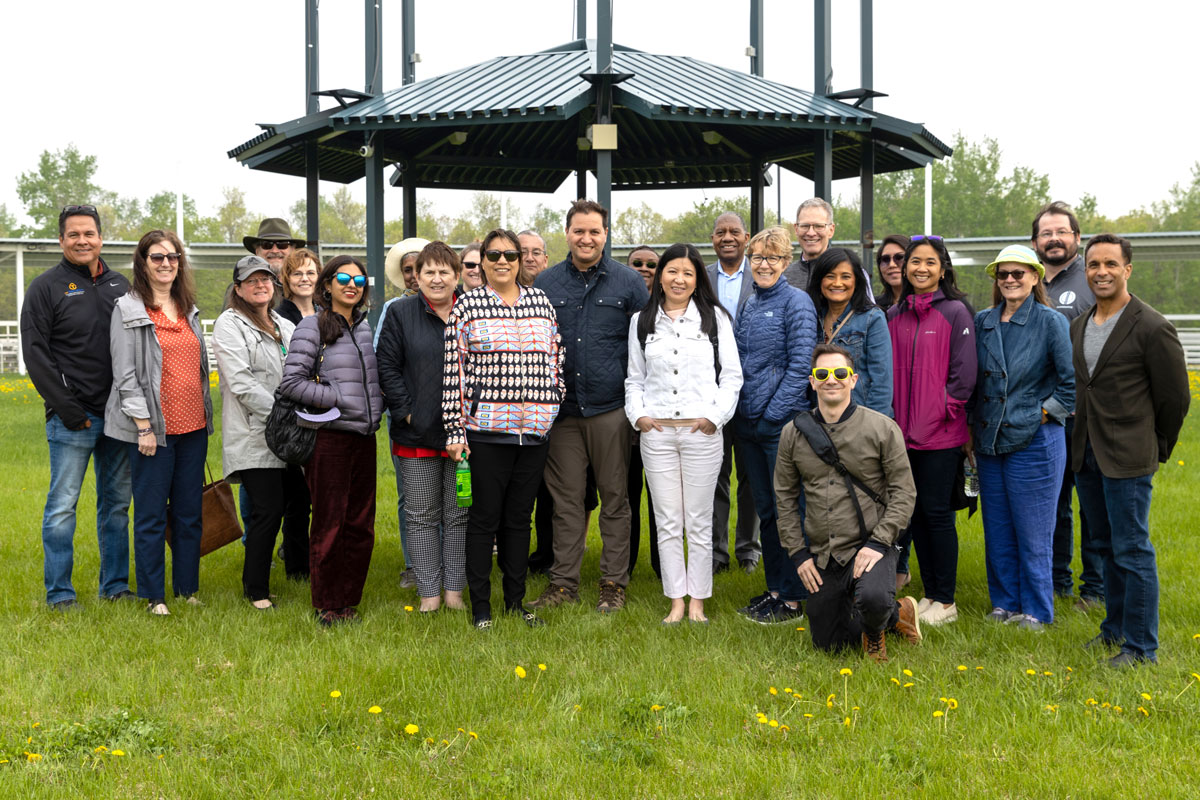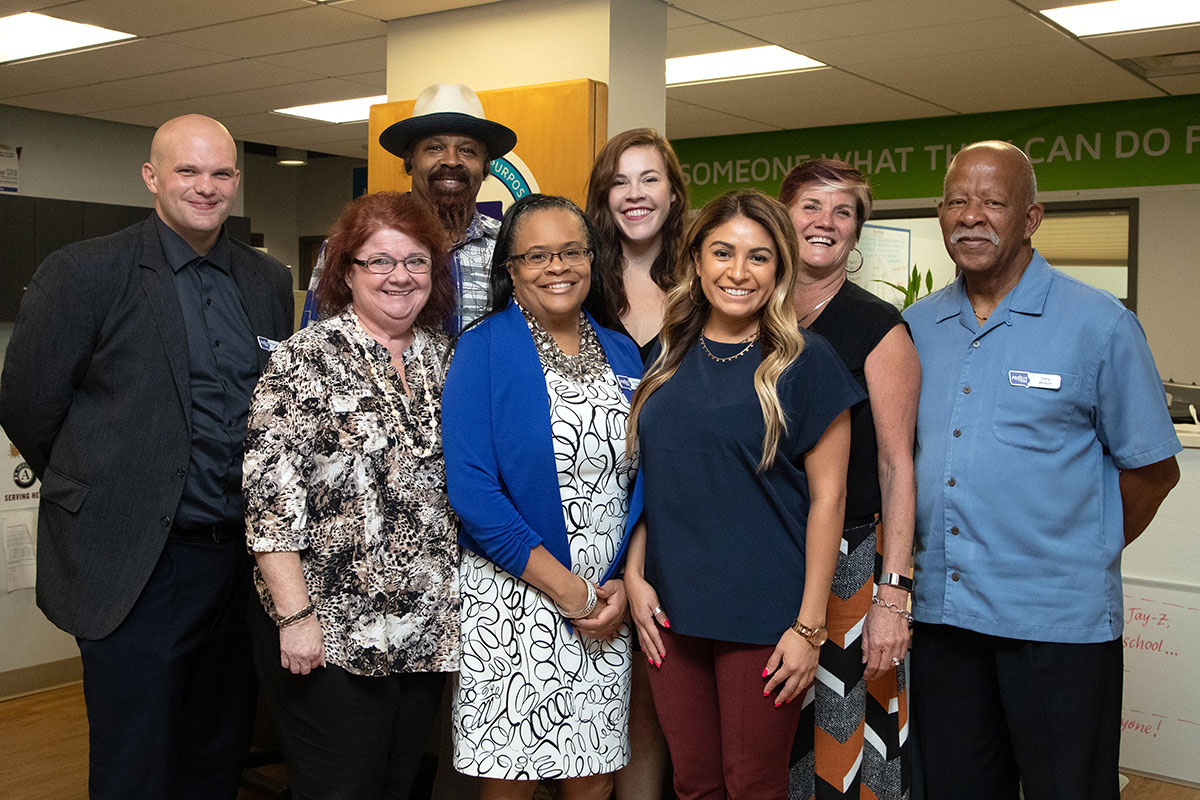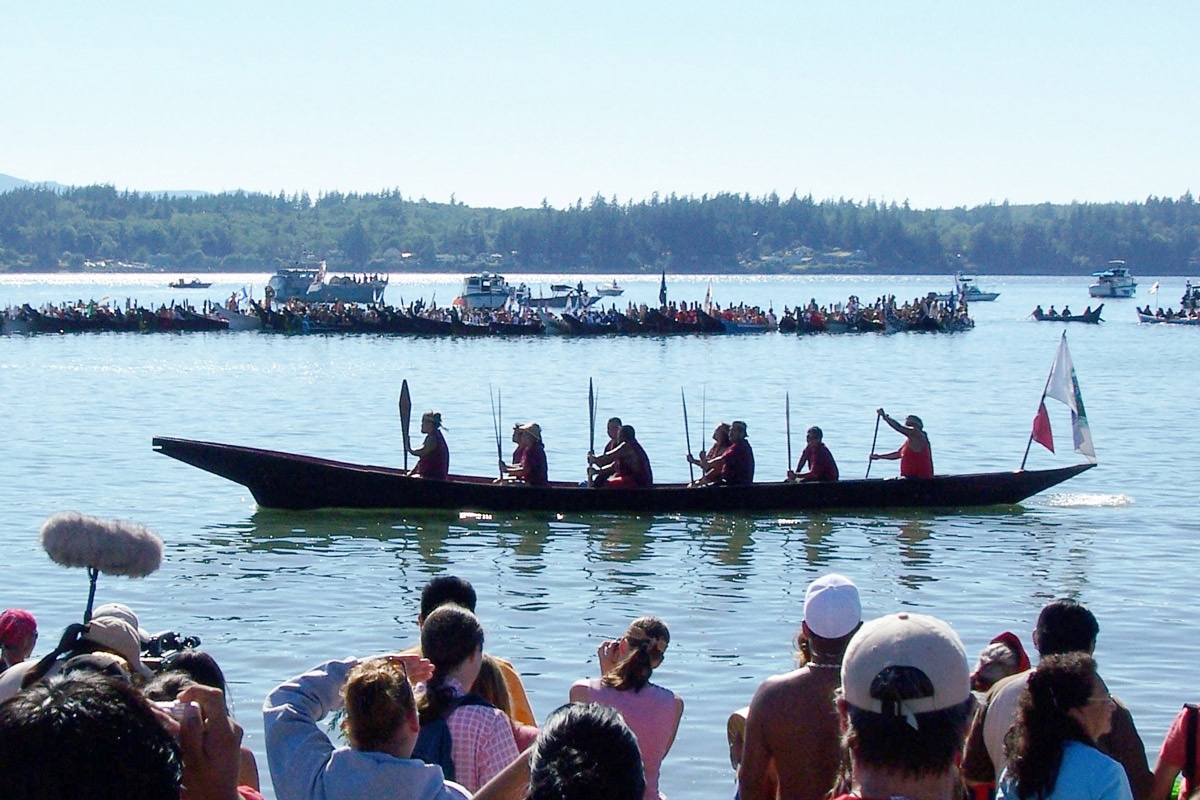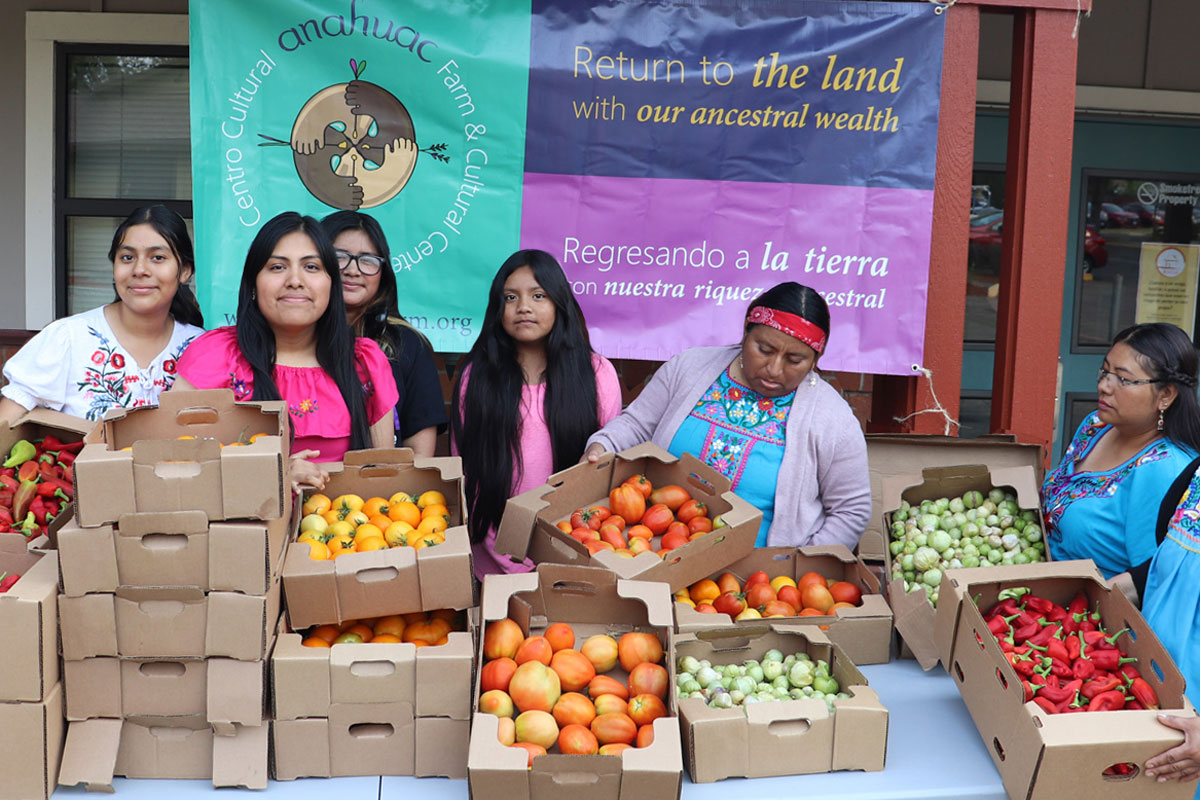Justice, Equity, Diversity, and Inclusion
“Our DEI journey has taught us that to advance our mission, we need to embrace racial equity and racial justice. And the traumas of 2020–2021 have reinforced this and pushed us to be bolder.”
Kevin Walker, President and CEO
Get updates about Justice, Equity, Diversity, and Inclusion in your inbox
What’s JEDI?
JEDI describes an approach we’re using to more fully live out our mission and values in a region where we envision equitable economies and opportunities are shared by all.
Everyone has real opportunity to thrive on their own terms, and the outcomes of their lives are not shaped by their race, ethnicity, social status, or economic class.
Justice is about addressing issues of inequity and making changes that not only make today better but also address the injustices people have faced to get to where they are today. Prioritizing justice creates an environment where all members of society feel valued, respected, and included. We focus on advancing three kinds of justice:
Racial Justice: The repair of centuries of harm inflicted on Native and other communities of color, reflected in the elimination of long-standing disparities in life outcomes experienced by these communities in economic opportunity, well-being, and other areas.
Social Justice: Everyone has equal rights, opportunities, and access to tools they need to thrive, including communities that have long been denied them.
Economic Justice: Everyone can thrive on their own terms because the economic system provides equal opportunities and produces fair outcomes, which will look different in every community.
Why it matters to us at NWAF: We updated our mission statement in November 2023 to affirm that we fund work that leads to racial, social, and economic justice. We want to be explicit that justice is our goal, as “The opposite of poverty is not wealth but justice” (Activist Bryan Stevenson).
Just and fair inclusion into a society in which all can participate, prosper, and thrive on their own terms.
Equity starts with recognizing different challenges, needs, and histories of a given group. To become more equitable is to promote justice and fairness within the practices, policies, and distribution of resources by institutions or systems. To accomplish this, there must be systems that create, support, and sustain justice. (Source: Informed by D5 Coalition and Race Forward)
Why it matters to us at NWAF: Our mission focuses on helping people in our region achieve sustainable prosperity and thrive on their own terms. We believe that prosperity is possible for all people in our region. Currently, that is not the case. Our priority communities (Native Americans, communities of color, immigrants and refugees, and people in rural areas) have been, and continue to be, disproportionately under-resourced. Our work focuses on improving practices, policies, and systems to create more equitable outcomes.
The presence of individuals with various identities.
There are many kinds of diversity: race, gender, sexual orientation, class, age, country of origin, education, religion, geography, and physical or cognitive abilities. Valuing diversity means recognizing differences between people, acknowledging that these differences are a valued asset, and striving for diverse representation as a critical step toward equity. (Source: Race Forward)
Why it matters to us at NWAF: We value and celebrate diversity across various identities. We strive to be a workplace where all staff and visitors feel welcomed and respected.
The act of creating environments in which any individual or group can be and feel welcomed, respected, supported, and valued to fully participate.
An inclusive and welcoming climate embraces differences, offers respect in words and actions, and fosters a sense of belonging for all people. (Source: Informed by UC-Berkeley Initiative for Equity, Inclusion, and Diversity)
Why it matters to us at NWAF: We believe inclusion is more than simply diversity and quantitative representation. It involves authentic and empowered participation and full access to opportunities. It also means ensuring everyone is able to contribute meaningfully to better decisions and greater effectiveness in our organization. (Source: Informed by Race Forward and Grantmakers for Effective Organizations)

What’s Racial Equity and Racial Justice?
We are dedicated to keep learning more about racial equity and racial justice and to continue using our learnings to adapt how we function as individuals and operate as an organization.
Communities of color and Indigenous communities experience striking levels of poverty and other social and economic disparities. The causes are rooted within a deeper historical context of trauma, financial instability, and other barriers based on racial discrimination that make it much harder for them to thrive on their own terms.
For us to achieve our mission to reduce poverty and achieve sustainable prosperity, we continue to be intentional in our commitment to racial equity and racial justice.
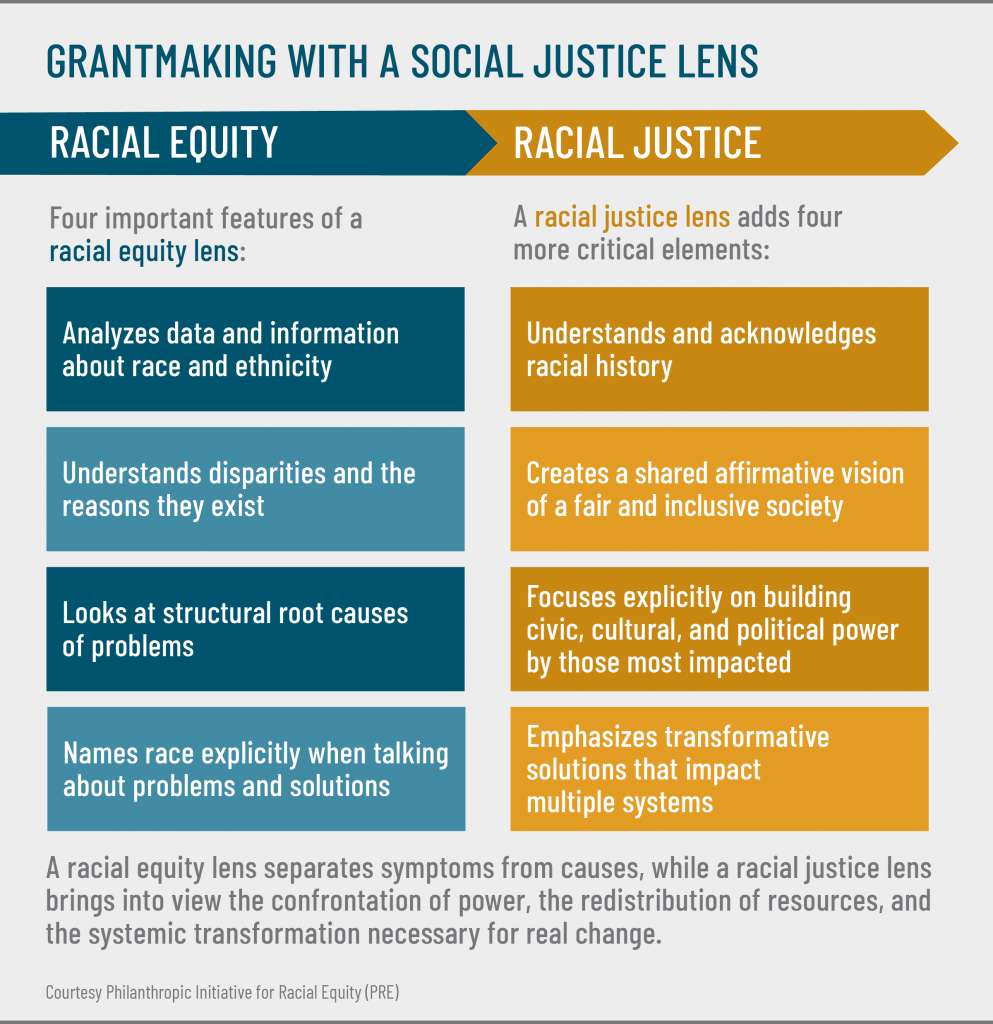
We created the Racial Equity Magnifier (REM) as a tool to help center racial equity across our decision-making processes. The REM helps us identify white dominant perspectives, decenter them, and instead center absent narratives that advance racial justice. The tool helps us grapple with hard conversations. It’s a way we’re moving from commitment to action.
Our efforts are ongoing to better understand how race and whiteness play a role in maintaining unacceptable norms or preventing us from advancing racial justice on a personal, organizational, and societal level.
We acknowledge that there are many historically marginalized groups we need to consider and we specifically focus on race as a starting point.
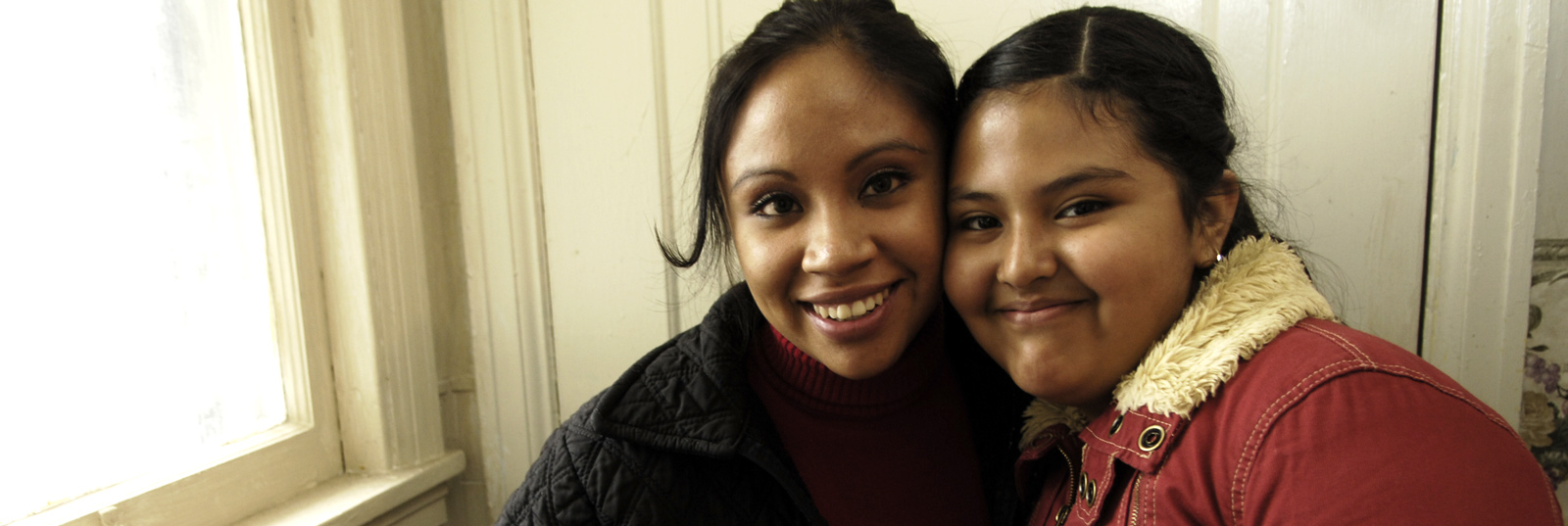
What’s Our JEDI Journey?
Our region needs more justice, equity, diversity, and inclusion for prosperity to be possible for all people—and we’re on a journey to help make this happen.
JEDI begins with ourselves
We’re immersed in our own JEDI journey—to be a useful ally to the people we serve, we must be just, equitable, diverse, and inclusive ourselves. Otherwise, we’re likely to reinforce the very cycles of poverty and injustice we seek to change. We’ve made many changes since we began our DEI journey in 2017, including adding justice in 2023, and we continue to learn from experts and others who’ve engaged in JEDI work.
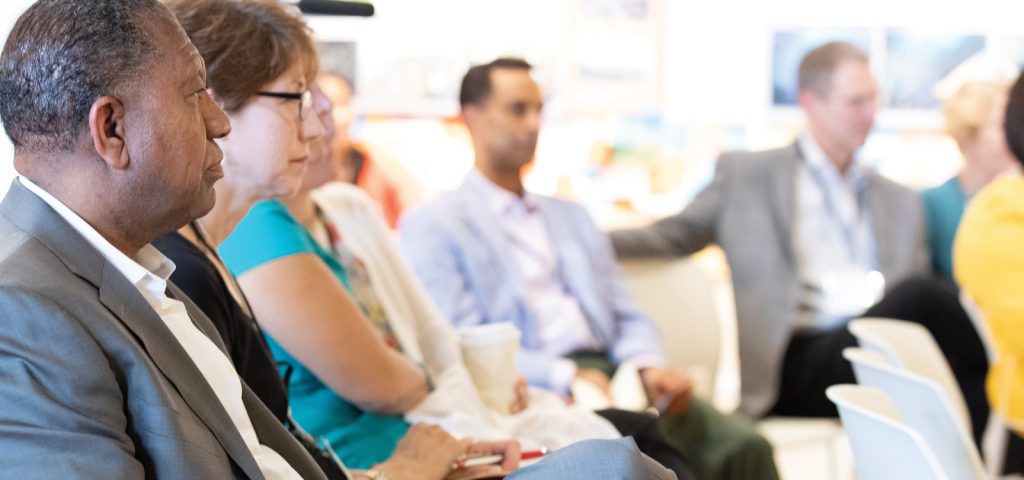
Committed to supporting JEDI in everything we do
We’re weaving JEDI into the fabric of our organization. The effort touches everything that we do, from our culture to how we show up in the community to how we use our resources. We listen to and learn from the people in our region to understand their different identities, challenges, and needs. We strive to lift up all voices to be sure they’re included in decisions that impact our region, with results that produce prosperity for all. We’re applying what we learn through the people and organizations we support with grants, our communications and advocacy, and more.
Personal outreach to learn and share with others
A key aspect of our JEDI commitment is to share our learnings with other funders and organizations. Our JEDI Director speaks regularly at conferences or on webinars and meets one-on-one with other philanthropic organizations. Some of the groups we’ve partnered with include CHANGE Philanthropy, Earned Income Tax Credit (EITC) Funders Network, Grantmakers for Effective Organizations (GEO), Minnesota Council on Foundations (MCF), National Committee for Responsive Philanthropy (NCRP), and Technology Association of Grantmakers (TAG).
Guided by our priority communities
Some communities experience more poverty than others because they’ve been denied their fair share of resources and opportunities.
 Our funding approach prioritizes these communities and is guided by listening to grantees and understanding how we can best be allies, now and in the future. These communities are at the center of our theory of change. Grantees serving our priority communities inform our strategy. They are resourceful problem solvers working in resilient communities with a wealth of wisdom, creativity, and passion—who are responding, reimagining, and rebuilding equitable economies, where opportunity is shared by all.
Our funding approach prioritizes these communities and is guided by listening to grantees and understanding how we can best be allies, now and in the future. These communities are at the center of our theory of change. Grantees serving our priority communities inform our strategy. They are resourceful problem solvers working in resilient communities with a wealth of wisdom, creativity, and passion—who are responding, reimagining, and rebuilding equitable economies, where opportunity is shared by all.
Funding grantees that reflect distinct cultural strengths
We have heard time and again that the policies and systems of our region don’t work for everyone. Why? Because these policies and systems continue to create barriers that deny communities access to resources, power over decisions that shape their futures, and respect for their cultures and ways of life. Too many people in our priority communities live in crisis or a paycheck away from it. So, we fund grantees that reflect the distinct cultural strengths of our region.
We’ve developed a process to understand how many of our grantee organizations are led by Black, Indigenous, and people of color (BIPOC). Our most recent data shows that during 2019–2023, 83.4 percent of grant dollars went to organizations led by Native Americans and communities of color.
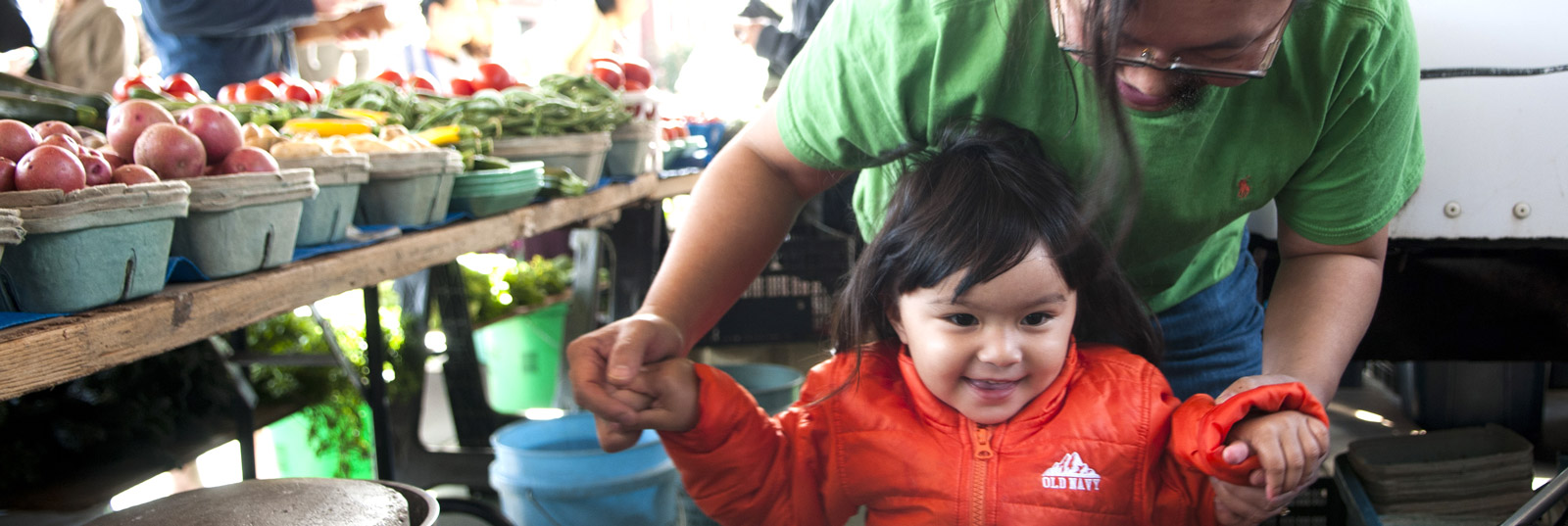
Progressing from Multiyear to Annual Planning
In 2017, we began our journey with a detailed multiyear DEI plan that touched on all seven core functional areas and described the outcomes we sought. It included 28 specific recommendations tied to the particular circumstances, composition, mission, and operations of our organization. The recommendations were task oriented (for example, create an HR recruitment toolkit that reflects a DEI approach to hiring) and focused on activities ranging from investments to our grantmaking. The plan merged our broader aspirations to advance equity with concrete actions we could take individually, as a team, and as an organization.
We completed the plan and have since added a focus on justice. We now tailor our planning to yearly plans and combine an organization-wide and department-level approach. We capture our progress in JEDI annual impact reports.
NEXT STEPS:
Our Plans Continue to Evolve with Our Journey
We’re focused on continuing to center our work on racial equity and racial justice. This includes internal growth by applying the REM to our decision making and by fostering a culture of racial equity through our Intercultural Development Inventory (IDI) learning. We’ve changed our policies and practices, implementing the final recommendations of our multiyear DEI plan. We now evaluate our progress annually and update our approaches as needed to keep moving forward in our JEDI journey.
JEDI Resources from Organizations and Thought Leaders that Are Informing Our Journey
Disability in Philanthropy & Nonprofits • RespectAbility April 1, 2021
Grantmaking with a Racial Justice Lens • Philanthropic Initiative for Racial Equity (PRE) December 1, 2019
Operationalizing Racial Justice • MP Associates December 1, 2019
Awake to Woke to Work: Building a Race Equity Culture • Equity in the Center December 1, 2018
Best Practices for Non-Binary Inclusion in the Workplace • Out & Equal Workplace Advocates November 13, 2018
Choir Book: A Framework for Social Justice Philanthropy • Justice Funders May 23, 2018
How Funders Can Support Trauma-Informed Principles • Learning for Action (LFA) January 23, 2018
Operationalizing Equity • Annie E. Casey Foundation (AECF) July 27, 2017
DEI in Your Grant-Making Process • Arabella Advisors October 4, 2016
The Road to Achieving Equity: Findings and Lessons from a Field Scan of Foundations That Are Embracing Equity as a Primary Focus • Putnam Consulting Group September 1, 2016
Reclaiming Native Truth • First Nations Development Institute and Echo Hawk Consulting July 28, 2016
Tackling the Tough Challenges to Advancing DEI • D5 Coalition June 1, 2014
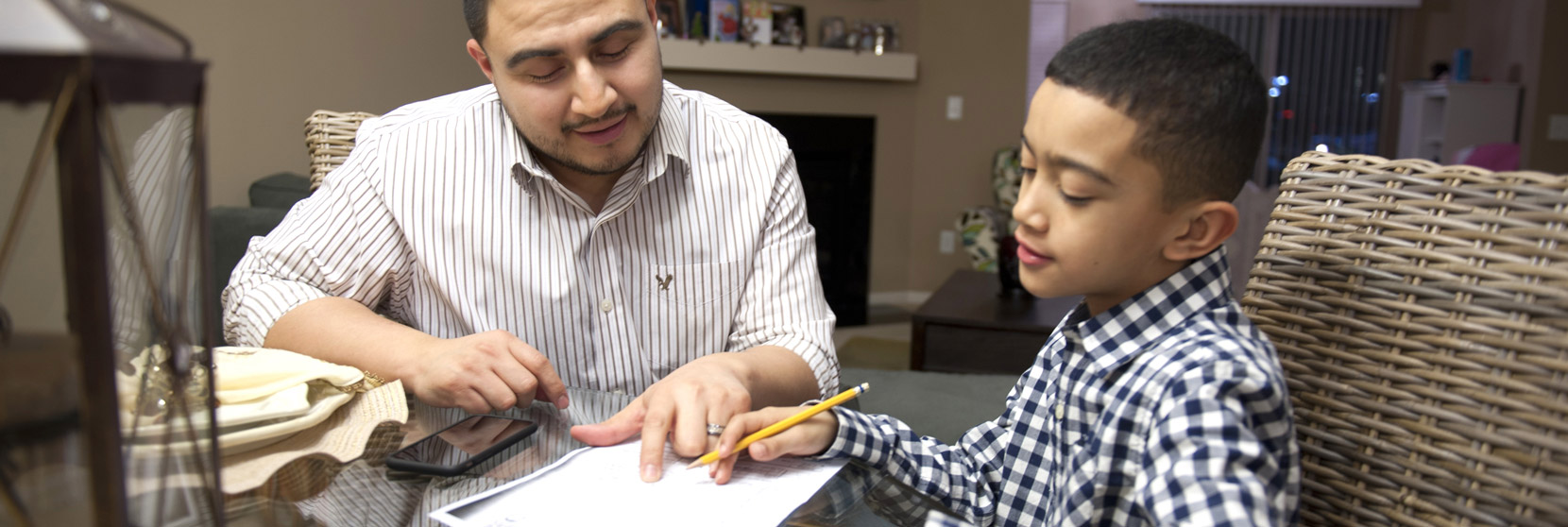
In Our Own Words
We’re sharing our JEDI-related learnings and reflections as we continue on our journey. Here are several highlighted blogs and other communications from our staff and board.
Read more JEDI News & Insights
Learn MorePhilanthropic Organizations that Are Leading Work Around Justice and Equity
*Asian Americans/Pacific Islanders in Philanthropy (AAPIP)
*Association of Black Foundation Executives (ABFE) Justice Funders Network
CHANGE Philanthropy
D5 Coalition
*Emerging Practitioners in Philanthropy
*Funders for LGBTQ Issues
*Grantmakers Concerned with Immigrants and Refugees
*Hispanics in Philanthropy
*Minnesota Council on Foundations
*Native Americans in Philanthropy
Neighborhood Funders Group
Northern California Grantmakers
Philanthropic Initiative for Racial Equity
*Philanthropy Northwest
*The Foundation currently belongs to these membership-based organizations to support JEDI efforts in the philanthropic field.
Consultants NWAF Has Partnered with Around JEDI
Frontline Solutions (DEI Multiyear Plan)
Elemental Partners & MP Associates (Racial Equity Learning)
Synergistic Transformations & Zemsky and Associates Consulting (Intercultural Development)


